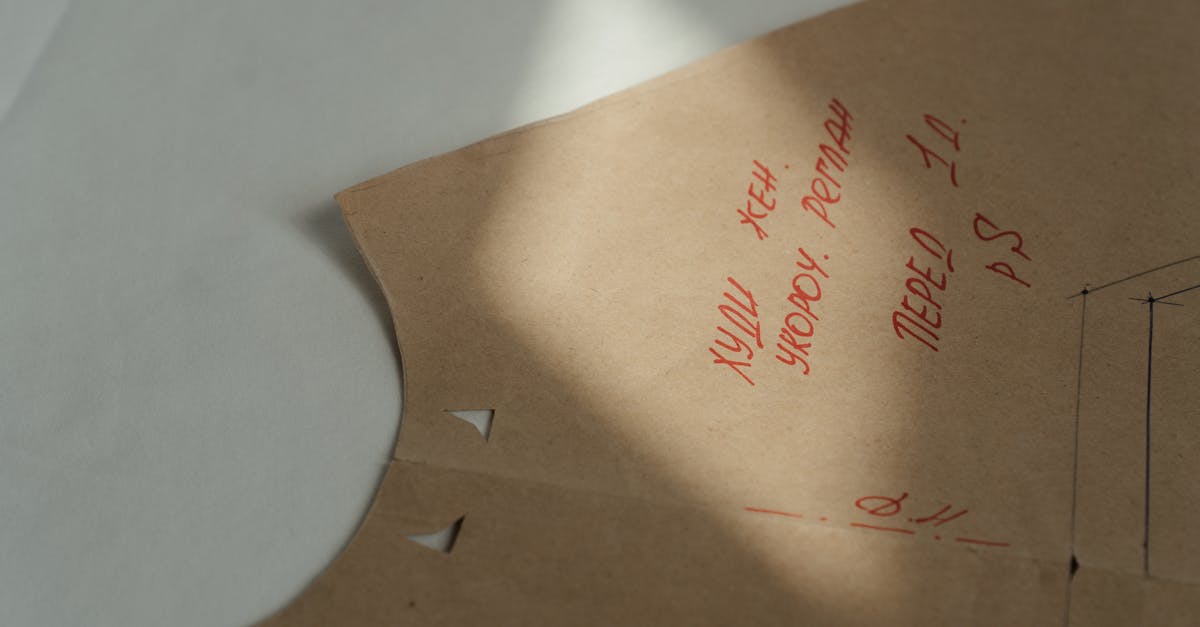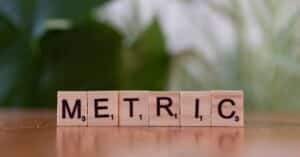The MAIA method, or action method for the integration of aid and care services, is an innovative approach implemented in France to improve the support for people aged 60 and over in situations of loss of autonomy. This method aims to bring together stakeholders from the healthcare, social, and medico-social sectors to facilitate the coordination of care and aid pathways, thus ensuring personalized support tailored to the needs of those involved. Through an interactive map of available resources and thorough case management, the MAIA method contributes to a more coherent and effective care approach, promoting the maintenance of seniors at home.
The MAIA method, or Action Method for the Integration of aid and care services in the field of autonomy, is a French initiative aimed at improving the support for people aged 60 and over suffering from loss of autonomy. It relies on the coordination of services and stakeholders in the healthcare, medico-social, and social sectors to ensure a personalized and smooth care pathway.
The main objective of the MAIA method is to break down silos between different intervention spheres by creating partnerships among healthcare professionals, social services, and home care organizations. This collaborative model promotes an integrated approach where each stakeholder is informed about the specific needs of the elderly person, thereby facilitating comprehensive and coherent follow-up.
At the heart of this method is the role of the case manager, a healthcare or social sector professional responsible for coordinating the various interventions. The manager acts as the point of contact for the elderly person, their relatives, and all involved parties, thus ensuring continuity in the healthcare journey. Their mission is to identify complex situations and provide appropriate care, in collaboration with the other services involved.
The MAIA method has been established to respond to increasing needs for simplification and optimization of healthcare pathways. The 2019 law has strengthened the importance of this approach by removing certain regulations to provide a more flexible and responsive framework. Thus, integrated counters have been instituted to centralize information and effectively guide users to the resources available in the area.
The method also relies on management tools that assess the needs of the elderly. Among these tools, there is the multidimensional analysis form, used by professionals at the integrated counters, and the Individualized Service Plan (PSI) which outlines the necessary interventions for each individual. These instruments facilitate data collection and ensure personalized and suitable support for each user.
Within the framework of the MAIA method, several criteria are established to justify follow-up by a case manager. First, the person’s situation must be deemed unstable, reflecting a combination of autonomy, medical, and social problems. Second, there may be a lack of support or suitable services. Finally, the absence of a support network capable of coordinating long-term responses is a determining factor.
This method is not limited to simple coordination of services; it constitutes a global approach integrating the various actors who intervene with the elderly. The MAIA pilot is a key player in this dynamic, ensuring the facilitation and smooth operation of the method at the local level. They act as a conductor, ensuring synergy between the various local partners.
The MAIA method was initiated within the framework of the Alzheimer Plan 2008-2012, and today, it fully aligns with a national commitment to improve the living conditions of people experiencing loss of autonomy. Through its implementation on the ground, it aims not only to simplify the aid and care system but also to offer elderly individuals the best possible conditions for maintaining their independence at home.

FAQ about the MAIA method for the integration of aid and care services
What is the MAIA method? The MAIA method, or Action Method for the Integration of aid and care services in the field of autonomy, aims to improve support for people aged 60 and over experiencing loss of autonomy.
What are the objectives of the MAIA method? The main objectives of the MAIA method include the clarity of the aid and care system, the simplification and optimization of pathways for the elderly, as well as home support for as long as possible.
Who is targeted by the MAIA method? The MAIA method targets individuals aged 60 and over, often due to cognitive disorders and loss of autonomy related to neurodegenerative diseases.
How does the MAIA method work? The method operates through an integrated counter that assesses the situation of the person experiencing loss of autonomy and determines their care and service needs.
Who coordinates the interventions under the MAIA method? Coordination is ensured by a case manager, who becomes the reference person for the individual concerned, their treating physician, and the professionals involved in home care.
What tools are used in the MAIA method? The MAIA method utilizes several tools to analyze needs, such as the Multidimensional Analysis Form, the Individualized Service Plan (PSI), and a shared information system.
What types of professionals are involved in the MAIA method? The professionals participating in the method include nurses, social workers, occupational therapists, psychologists, and other actors from the healthcare, social, and medico-social sectors.
What are the criteria for receiving support under the MAIA method? To receive support, one must meet three criteria: an unstable situation, an insufficient amount of aid and care, and the absence of resource persons in the immediate circle.
Who is the project leader of MAIA in a territory? The project leader of MAIA is typically a non-profit organization or structure, such as a Departmental Council or a health network, which mobilizes local stakeholders.
When was the MAIA program launched? The first MAIA projects were implemented in 2008 as part of the Alzheimer Plan 2008-2012.











